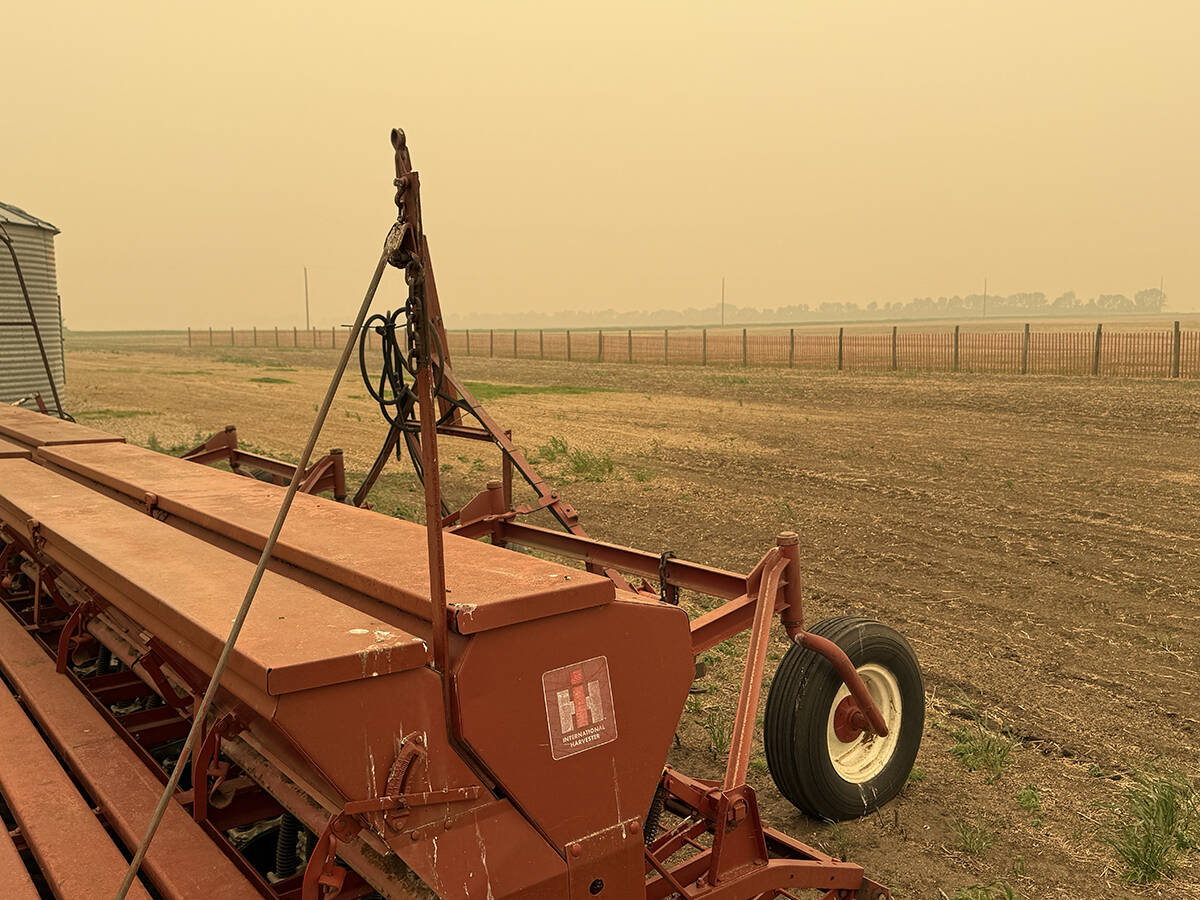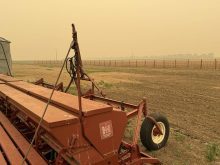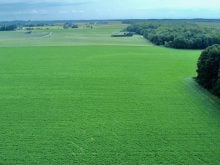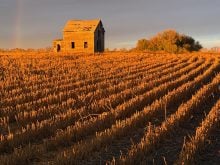SCOTT, Sask. – Early to plant, later to harvest. These are techniques that are providing the best canola seed to growers the following year.
Seedling vigour refers to the early season strengths that create robust, pest-resistant plants and bring higher yields.
Based on early results from field trials, canola seedling vigour is aff-ected by production management techniques, said Eric Johnson, of the Agriculture Canada research centre in Scott, Sask.
“Larger, more mature seed and (seed) size is translating into more aggressive plant development,” he said.
Read Also

Wildfires have unexpected upside this year
One farmer feels smoke from nearby wildfires shrouded the July skies and protected his crop from the sun’s burning rays, resulting in more seeds per pod and more pods per plant.
The effect is highly visible in the Scott trial.
Seed planted on May 6, 2003, and harvested when moisture had dropped to 10 percent produced 2004 seedlings significantly more developed than those from seed produced from a crop planted May 15 or June 3.
The earlier seeding date also produced a 10 percent yield advantage over the June-sown crop.
Harvest timing also had a dramatic effect on seedling vigour. Seed that is drier and more mature at harvest produced better performing plants than seed gathered earlier at higher moisture.
“We do see improved ability of the canola to compete with weeds and other pests when it gets off to a stronger start,” said Johnson.
John Mayko, head of agronomy and research with the Canola Council of Canada, agreed.
“This is especially true in a year like (2004). Cold, dry soils; later, heavy rains; huge flea beetle problems. This is a year when seedling vigour pays its biggest dividends.”
Vigour tests are still not fully developed and agronomists say there will likely never be one test that predicts a good canola seed lot under every growing condition. Mayko said it will probably be a series of tests.
“For a grower in the northern areas, maybe a cold tolerance test, an accelerated aging test. Vigour is a lot of different things depending on each seeding condition. But in each case it is usually the larger, more mature seeds in any given germplasm that are going to do best … these trials go a long way to proving that hypothesis.”
Mayko said for producers growing varieties where they are allowed to retain seed, or for seed growers, the strategy of early seeding and later harvesting is likely the most desirable in terms of developing vigour.
“Even if the plan (for the commercial grower) is to plant … early and delay harvest, there may be some merit. Then get your seed processor to select the top third of that for size. It will likely result in the most vigorous seed next spring,” he said.
For the largest seed size and most vigorous canola seedlings, spring planting may not be the final answer, said Johnson.
“The best of all? That would likely be the fall-seeded canola. Very big seed sizes and good maturity. But that cropping strategy is pretty unreliable, so we’re not recommending it as general practice,” he said.














